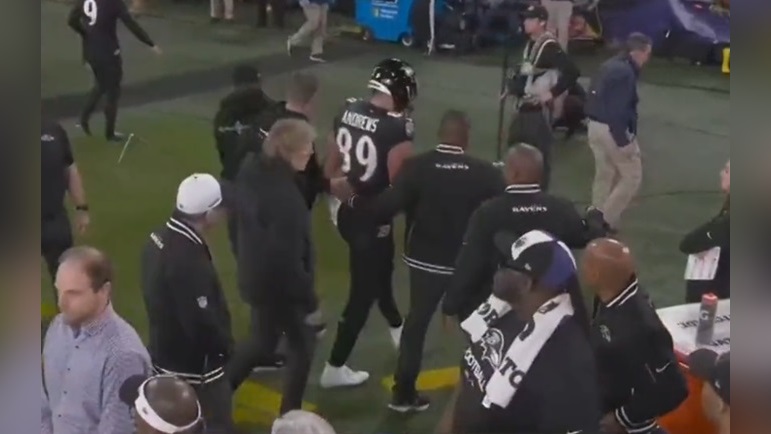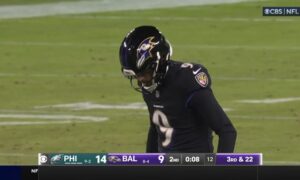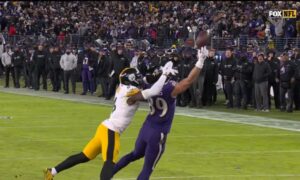Cincinnati Bengals LB Logan Wilson single-handedly injured three players on the Baltimore Ravens last week. Two appear to be very minor in nature, but the tackle of TE Mark Andrews left him with a significant ankle injury that would make it difficult for him to return this season on even a deep postseason run.
For Wilson, they were routine plays, all of them. Not so in the case of two from the perspective of a league that is on a quest to ban what it refers to as the “hip-drop tackle”, which unfortunately for league officials they cannot do until they even manage to define it.
For Wilson’s part, he had no idea what a hip-drop tackle was until his tackles in the game generated a heap of discussion and provided ammunition for the league as it undoubtedly builds up its efforts to ban the tackle form next offseason.
“I honestly wasn’t even sure what a hip-drop tackle was prior to that being brought to my attention after the game”, he told reporters this week. But he not only gotten a passionate defense from his head coach; even Andrews’ teammates are defending the man who injured him.
“I hate that Mark is hurt. Prayers for him”, LB Patrick Queen told the Ravens’ website. “But at the end of the day, we play football. We play a tackling sport. I don’t think a hip-drop tackle is that bad of a thing. How else do you want us to tackle? Just let the guy run past you?”.
That, of course, is the question that defenders—and even some offensive players—have been asking ever since the hip-drop tackle has become a lightning rod for discussion in the past year or so. Hip-drop tackles are somewhat rare and generally only occur in chase-down situations. And they occur largely because it’s nigh impossible to bring down a runner in any other fashion, particularly larger players.
That doesn’t mean it’s a free-for-all when a defensive player is trying to chase down a ball carrier. You still can’t commit a horse-collar tackle, for example, which is an example of a tackle form that has been banned.
But a hop-drop tackle is still well within the parameters of a normal football tackle. It might not be perfect technique but is employed in situations in which perfect technique is not an option. And it would be unreasonable to expect players to just let the other team score because they might sprain the ball carrier’s ankle.
Now, I’ll be frank. It’s been a long time since I’ve played organized tackle football. Maybe there are better ways to tackle in those situations. I understand that there is an increased risk of injuries on what we think of as hip-drop tackles. But I still find it hard to conceive of another way. You can’t entirely remove the risk of injury from football while still playing football.








